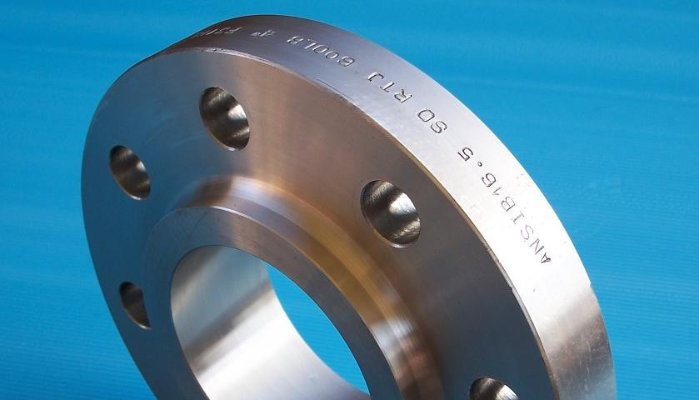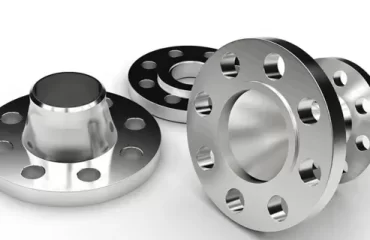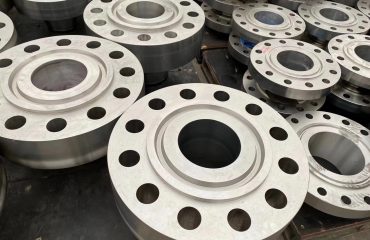
الشفاه ASTM A182 F316 مقابل F316L
ASTM A182 is a standard specification for forged or rolled alloy and stainless steel pipe flanges, forged fittings, and valves and parts for high-temperature service. Within this specification, two commonly used grades are F316 and F316L, both of which are variants of austenitic stainless steel.
التركيب الكيميائي
The primary difference between F316 and F316L is the carbon content:
| عنصر | F316 (% الأعلى) | F316L (% الأعلى) |
|---|---|---|
| كربون (ج) | 0.08 | 0.03 |
| منغنيز (مينيسوتا) | 2.00 | 2.00 |
| فسفور (P) | 0.045 | 0.045 |
| كبريت (S) | 0.030 | 0.030 |
| سليكون (سي) | 1.00 | 1.00 |
| كروم (الجمهورية التشيكية) | 16.00-18.00 | 16.00-18.00 |
| نيكل (ني) | 10.00-14.00 | 10.00-14.00 |
| الموليبدينوم (مو) | 2.00-3.00 | 2.00-3.00 |
| Nitrogen (N) | 0.10 | 0.10 |
Key Differences
- Carbon Content:
- F316: Higher carbon content (تصل إلى 0.08%) compared to F316L.
- F316L: Lower carbon content (تصل إلى 0.03%), which reduces the risk of carbide precipitation during welding.
- قابلية اللحام:
- F316: Higher carbon content can lead to carbide precipitation, which can cause intergranular corrosion in welded areas.
- F316L: Low carbon content minimizes the risk of carbide precipitation, making it more suitable for welding applications.
- الخواص الميكانيكية:
- Both grades have similar mechanical properties, but F316 may have slightly higher strength due to the higher carbon content.
تطبيقات
- F316: Suitable for high-temperature and high-pressure applications where welding is not a concern.
- F316L: Preferred for applications requiring extensive welding, such as piping systems, tanks, والمبادلات الحرارية, due to its lower risk of intergranular corrosion.
Allowable Stresses in ASME B31.3 Process Piping
ASME B31.3 is the American Society of Mechanical Engineers’ standard for process piping, detailing the design, مواد, fabrication, assembly, تفتيش, and testing of piping systems. Allowable stresses for materials in ASME B31.3 are determined based on temperature and material properties.
Allowable Stress for F316 and F316L
The allowable stress values for F316 and F316L stainless steel flanges (both having similar properties) at different temperatures are given in ASME B31.3. Here are the allowable stress values for F316 and F316L at various temperatures:
| درجة الحرارة (° C) | Allowable Stress (الآلام والكروب الذهنية) |
|---|---|
| 20 | 138 |
| 50 | 138 |
| 100 | 138 |
| 150 | 138 |
| 200 | 124 |
| 250 | 110 |
| 300 | 103 |
| 350 | 93 |
| 400 | 83 |
| 450 | 69 |
ملاحظات:
- نطاق درجة حرارة: As temperature increases, the allowable stress decreases due to the reduction in material strength at elevated temperatures.
- Safety Factor: The allowable stress values incorporate a safety factor to ensure the material can handle the specified pressure without failure.
استنتاج
When choosing between ASTM A182 F316 and F316L flanges, consider the application’s welding requirements and the risk of intergranular corrosion. F316L is generally preferred for welded applications due to its lower carbon content, which reduces the risk of carbide precipitation. For allowable stresses in process piping, refer to ASME B31.3, which provides temperature-dependent stress values to ensure safe and reliable operation of piping systems.




يجب ان تكون تسجيل الدخول لإضافة تعليق.